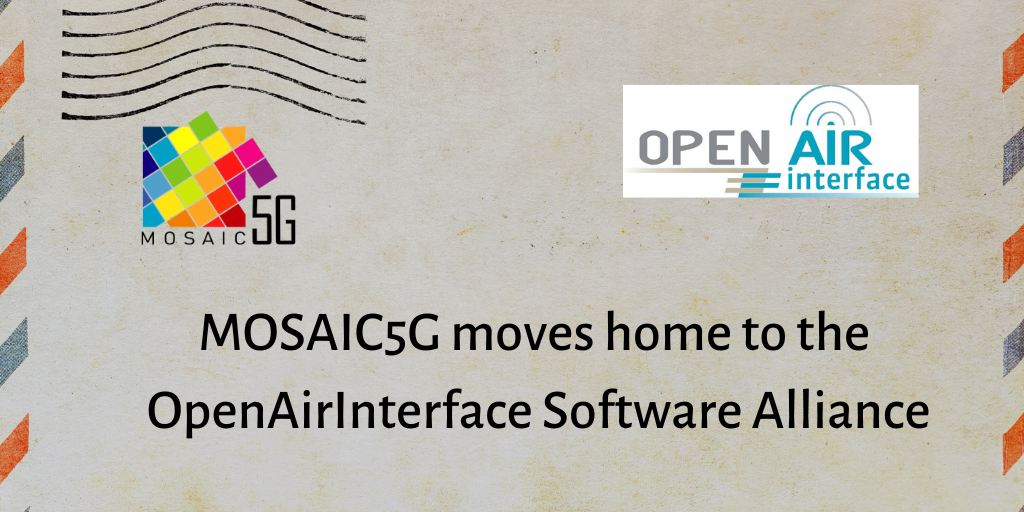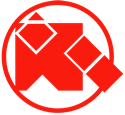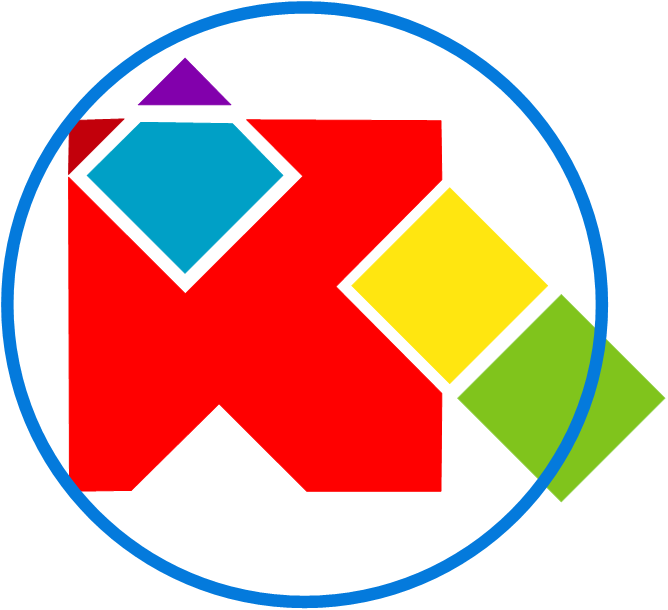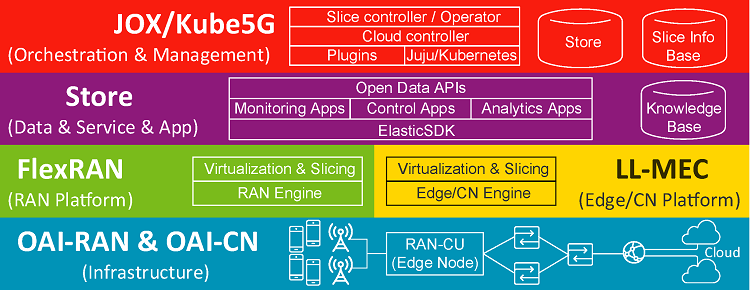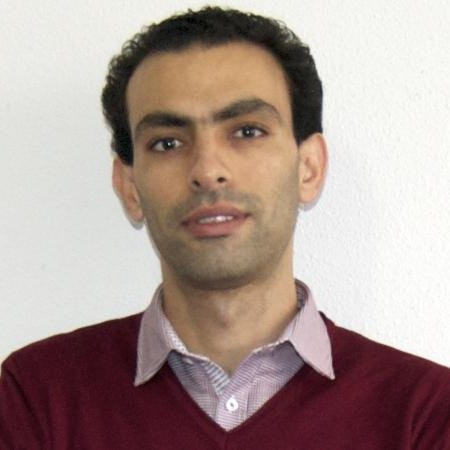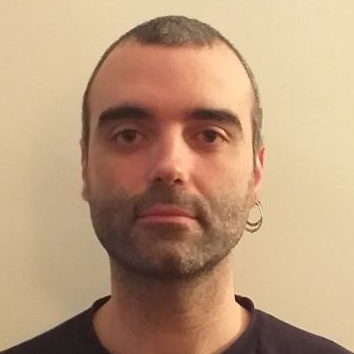Latest Announcements
Mosaic5G , OpenAirInterface, 2021-05-25
MOSAIC5G is now run and managed under the OpenAirInterface Software Alliance (OSA)We are pleased to announce that the MOSAIC5G software has been transferred to be managed and run as a PROJECT GROUP within the OpenAirInterface Software Alliance (OSA). The strategic decision whereby EURECOM has transferred the ownership of the MOSAIC5G software to the OSA has been taken to promote and develop the agile data-driven 5G network service delivery platform in close coordination with the OpenAirInterface RAN and Core Network infrastructure software. The leadership of MOSAIC5G believes that it is the need of the hour to provide a use-case driven end-to-end service platform at a one-stop location at the OpenAirInterface Software Alliance. Access to the MOSAIC5G software platforms is now open and downloadable at the GITLAB repository. We invite our partners to visit the OpenAirInterface website to learn more about the MOSAIC5G move.
